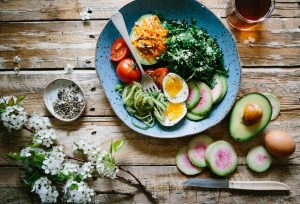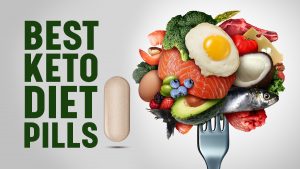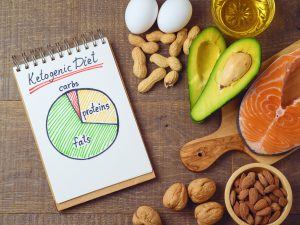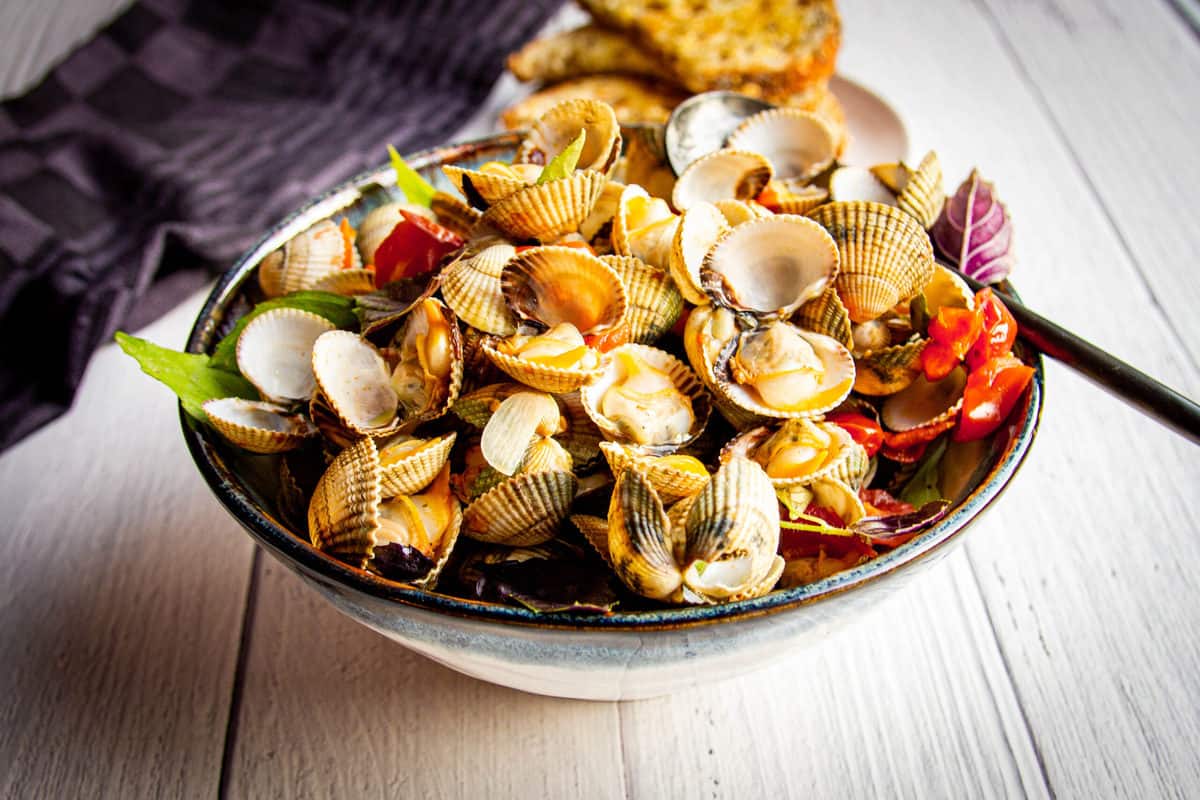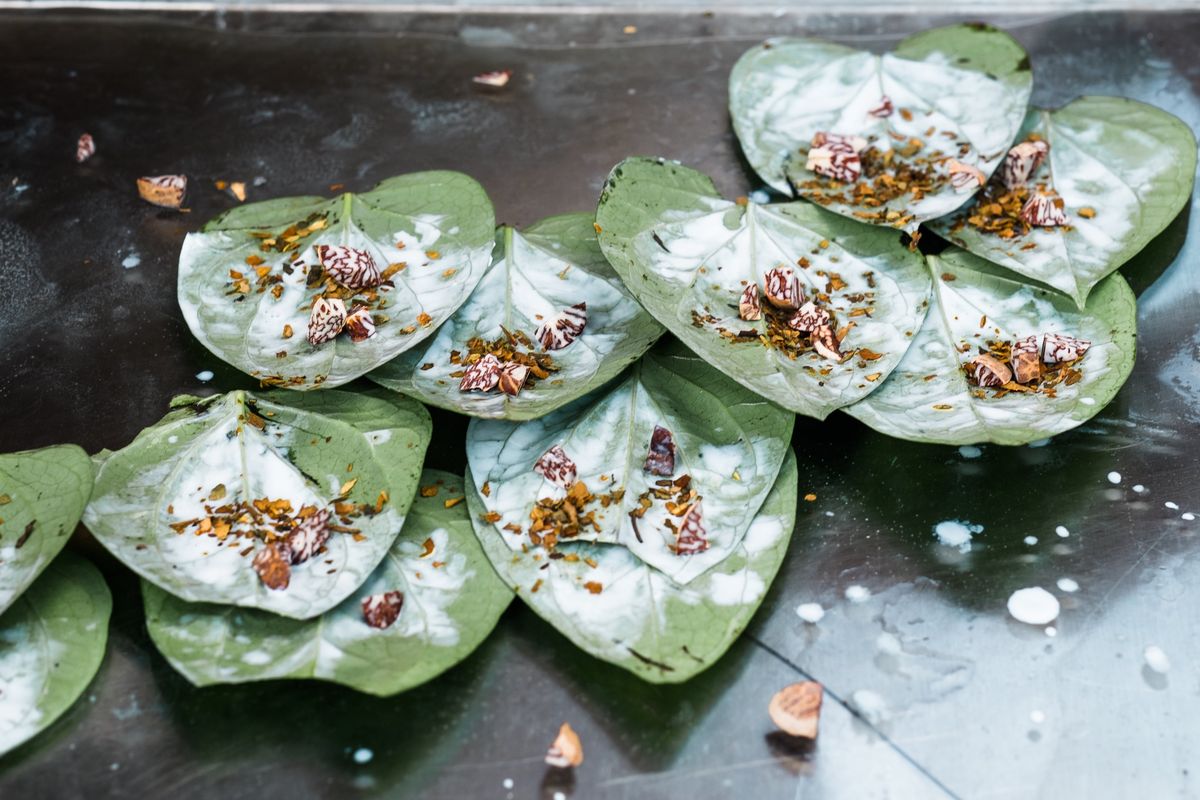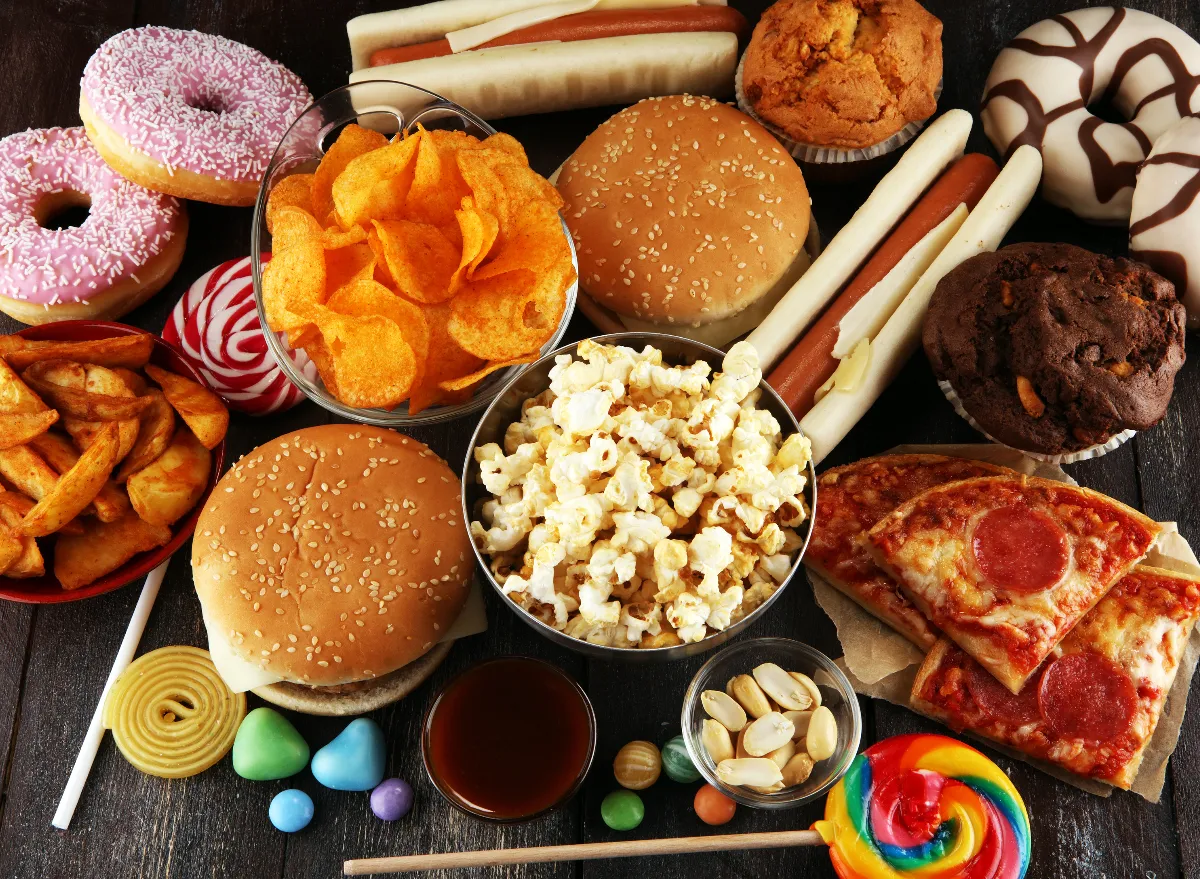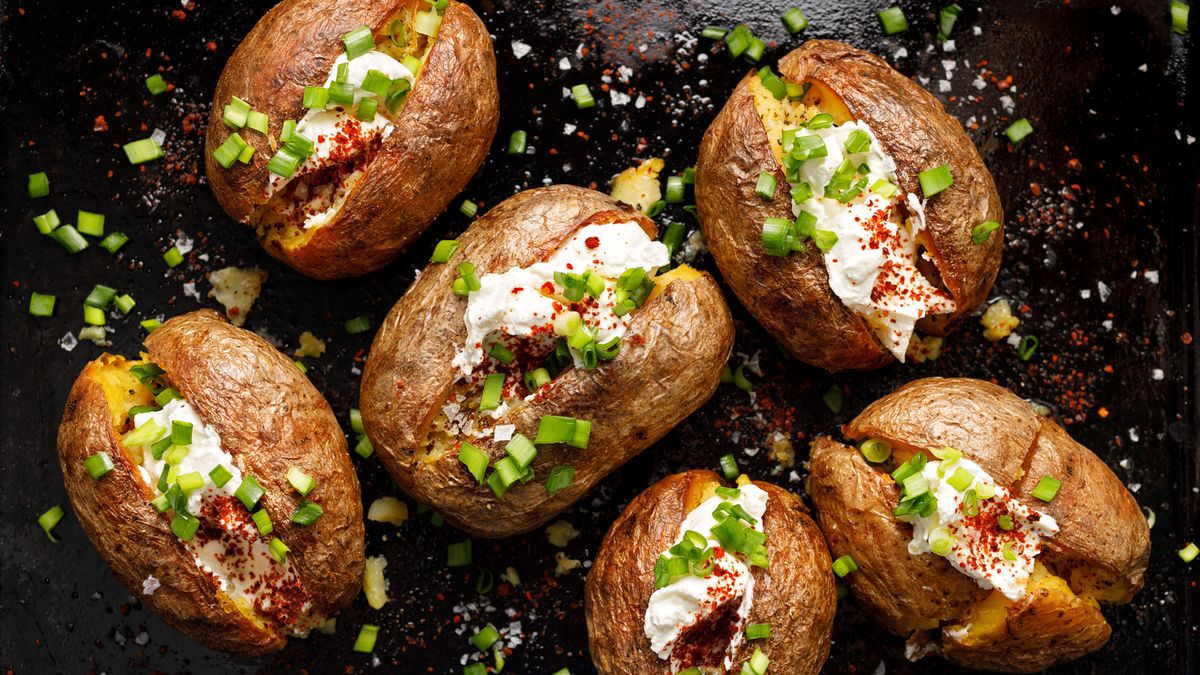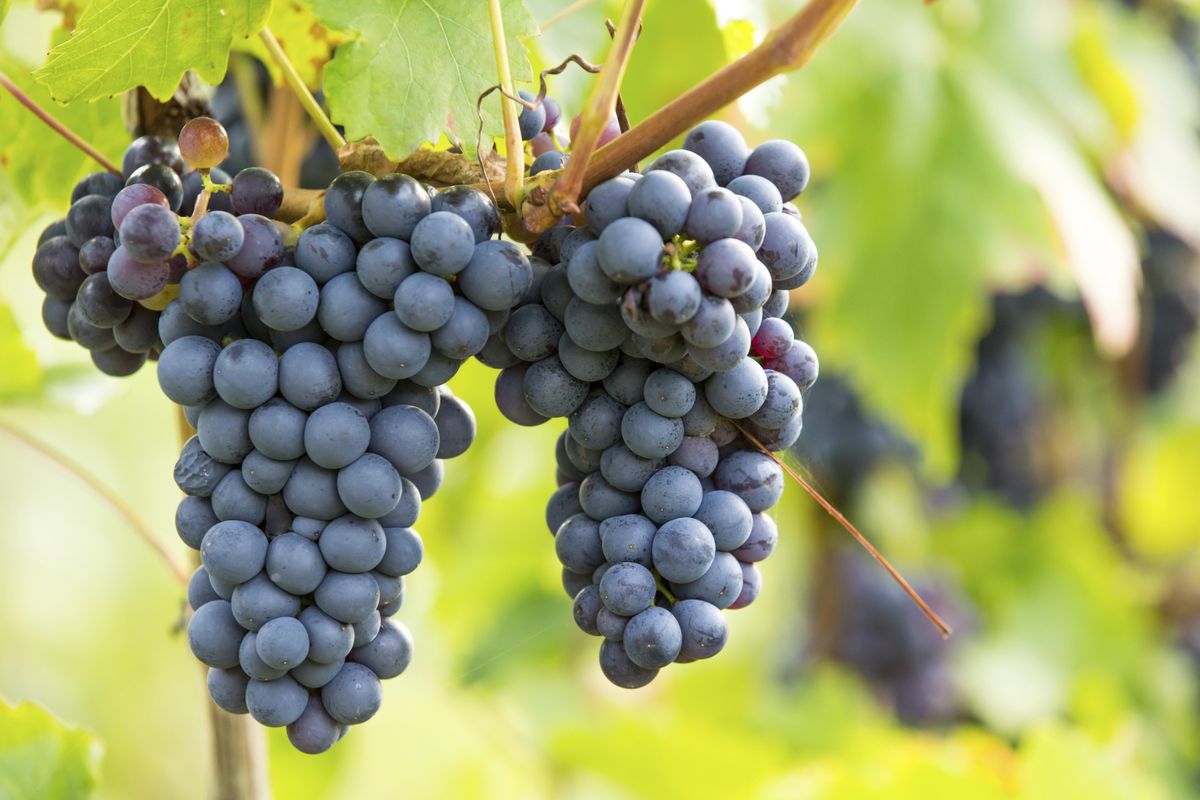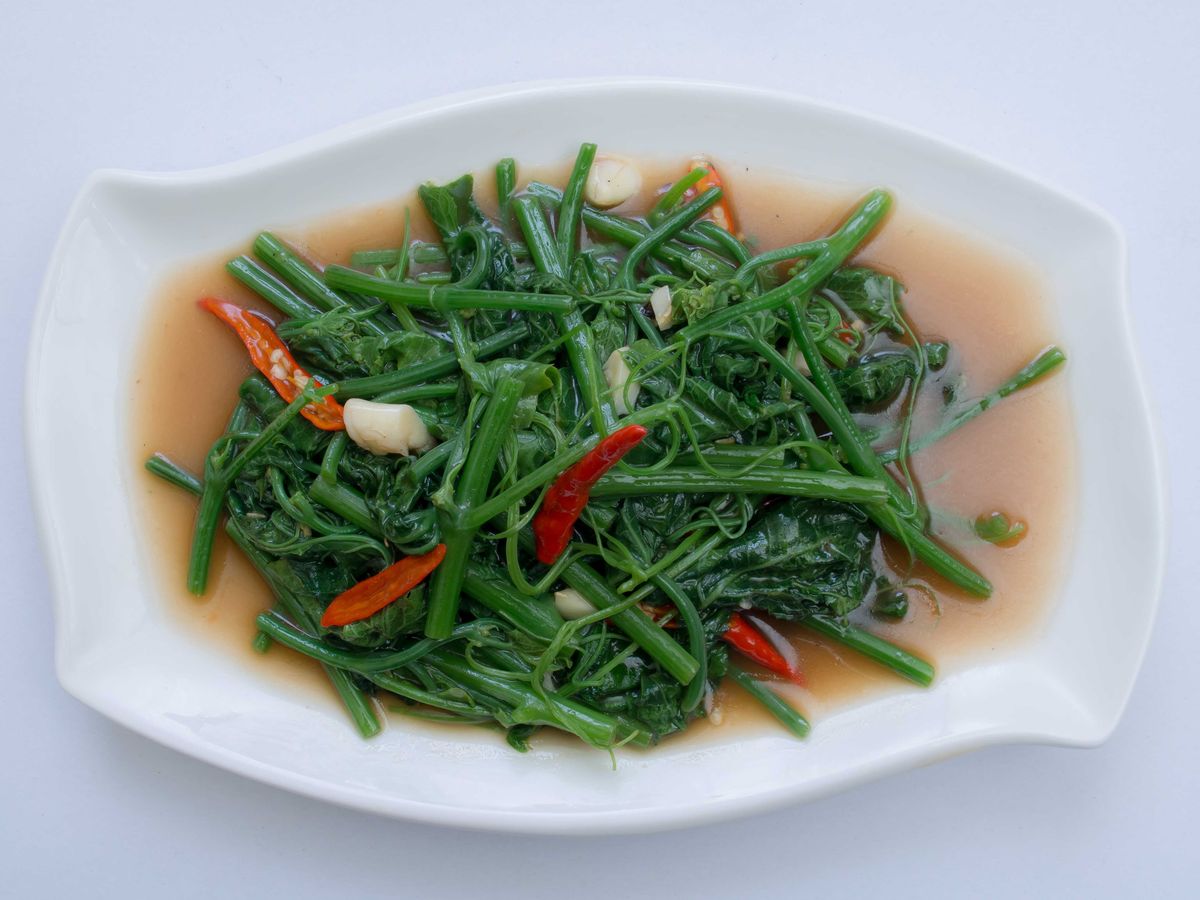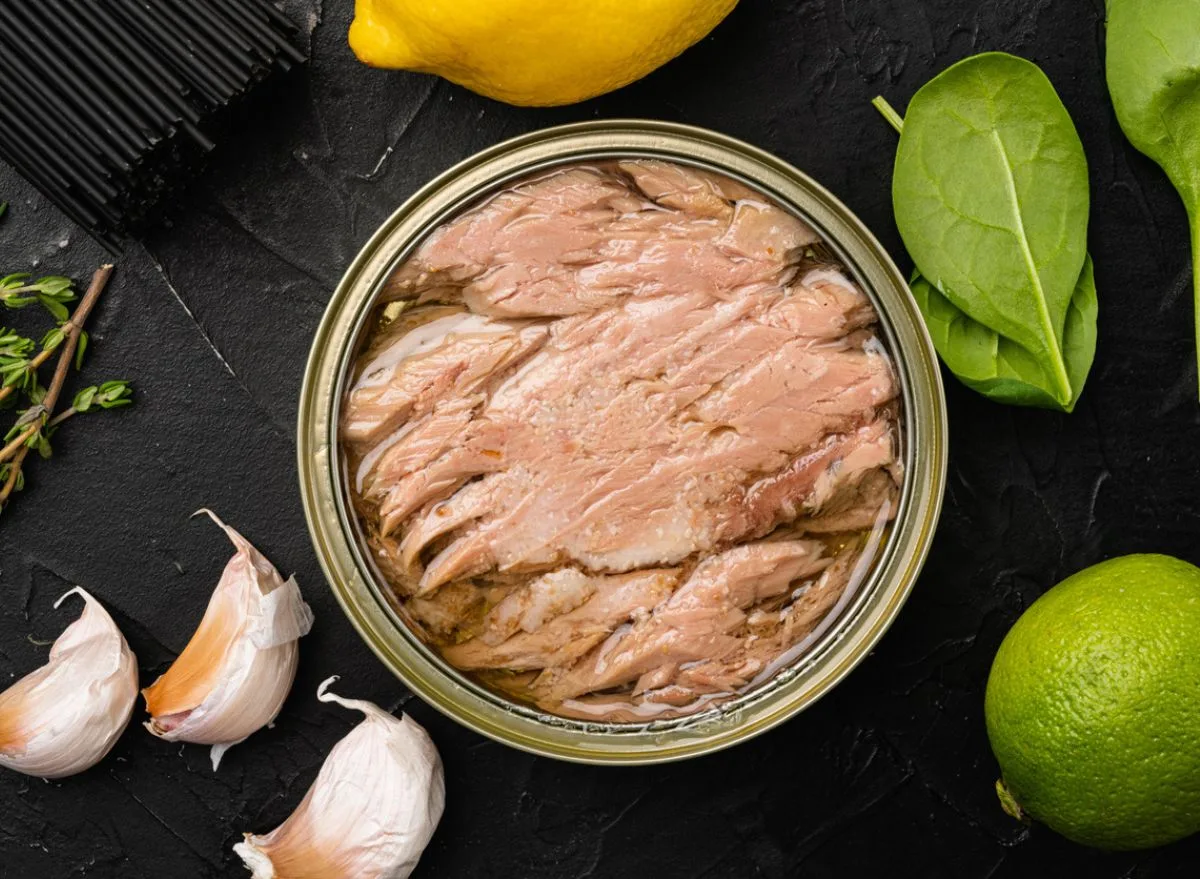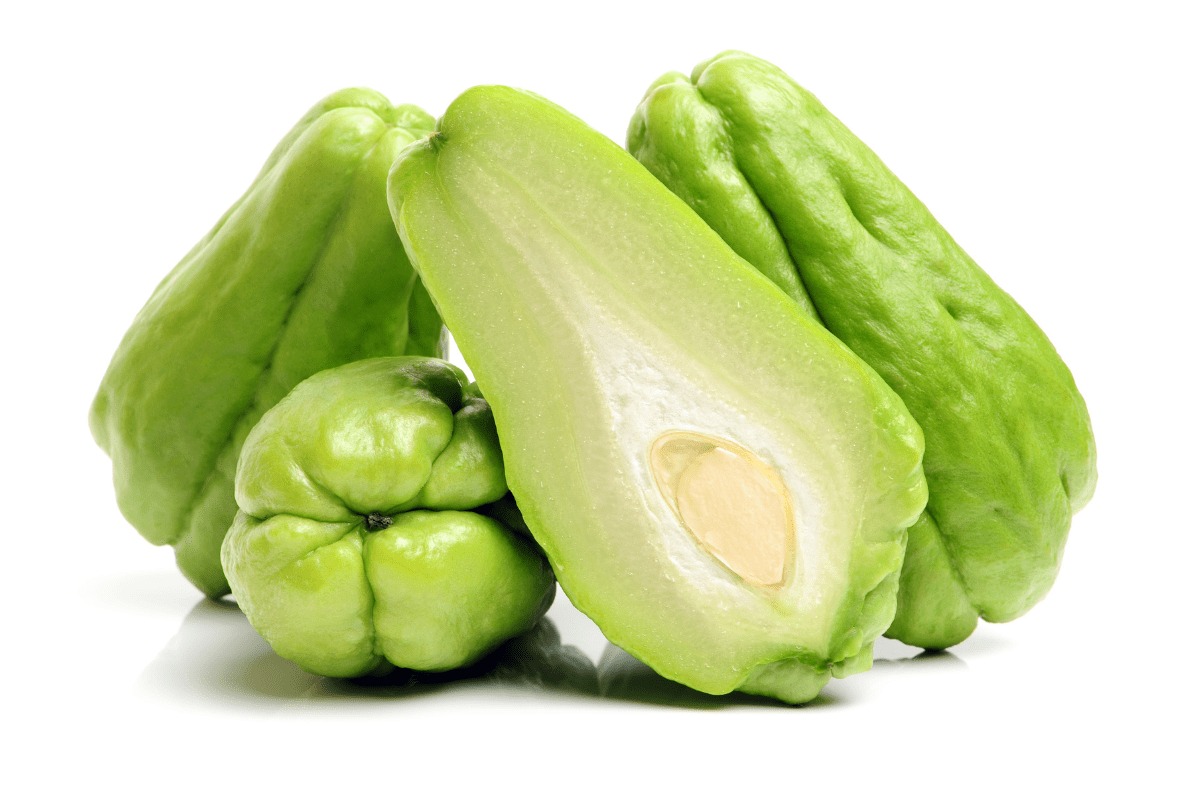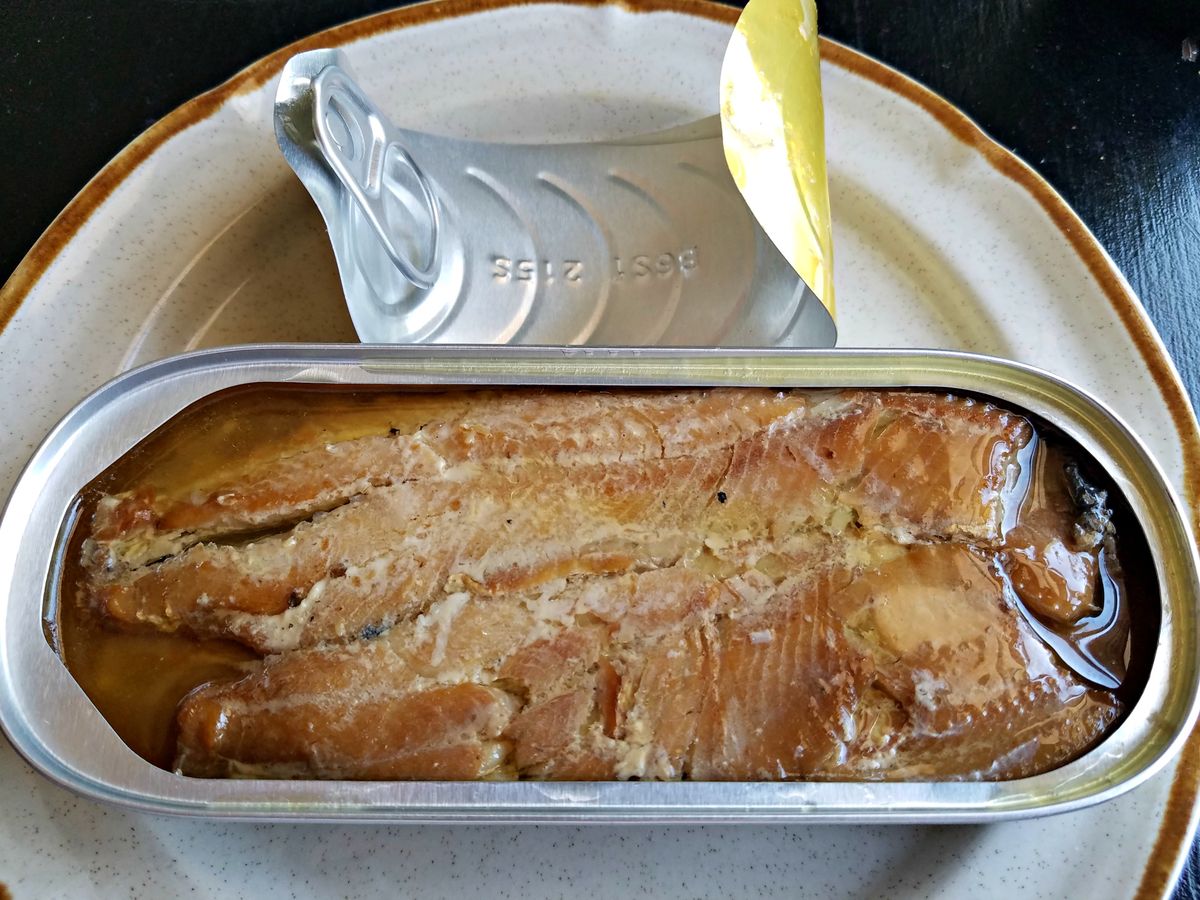Maximizing Fat Intake on a Keto Diet
Following a ketogenic diet involves consuming high amounts of fat, moderate protein, and very low carbohydrates. While it’s relatively easy to limit carb intake, many people struggle with consuming enough fat and not overdoing it on protein. Here are some tips on how to eat more fat and less protein on a keto diet:
Choose Fatty Cuts of Meat
When selecting meats for your meals, opt for fattier cuts such as ribeye steak, pork belly, and chicken thighs with the skin on. These cuts contain more fat and less protein compared to leaner options like chicken breast or sirloin steak.
Incorporate Healthy Oils and Fats
Include healthy oils and fats in your cooking and meal preparation. Avocado oil, coconut oil, olive oil, and ghee are excellent choices for adding healthy fats to your diet. You can use these oils for cooking, salad dressings, and drizzling over vegetables to increase your fat intake.
Snack on High-Fat Foods
Snacking on high-fat foods can help boost your fat intake while keeping protein in check. Avocados, macadamia nuts, cheese, and olives are great options for keto-friendly, high-fat snacks. Be mindful of portion sizes to avoid consuming excessive protein.
Incorporate Fatty Fish
Fatty fish such as salmon, mackerel, and sardines are rich in omega-3 fatty acids and can be a great addition to your keto meal plan. These fish varieties offer a good balance of fat and protein, making them an ideal choice for those looking to increase fat intake while moderating protein consumption.
Use Full-Fat Dairy Products
Opt for full-fat dairy products like heavy cream, full-fat yogurt, and cheese. These dairy options provide a good source of fat while helping to limit protein intake. However, be cautious with dairy consumption as it can add up quickly in terms of calories and carbs.
Embrace Nut and Seed Butters
Almond butter, macadamia nut butter, and sunflower seed butter are delicious spreads that can be included in your keto diet to increase fat intake. Spread them on low-carb crackers or use them as a dip for celery sticks to enjoy a satisfying, high-fat snack.
Be Mindful of Protein Portions
While protein is an essential macronutrient, consuming too much of it can hinder ketosis. Be mindful of your protein portions and aim to have a moderate intake. Focus on balancing your meals with a higher proportion of healthy fats to keep your macronutrients in check.
By incorporating these strategies into your keto meal plan, you can effectively increase your fat intake while moderating protein consumption. Remember that the key to success on a ketogenic diet lies in maintaining the right balance of macronutrients to achieve and sustain ketosis.
